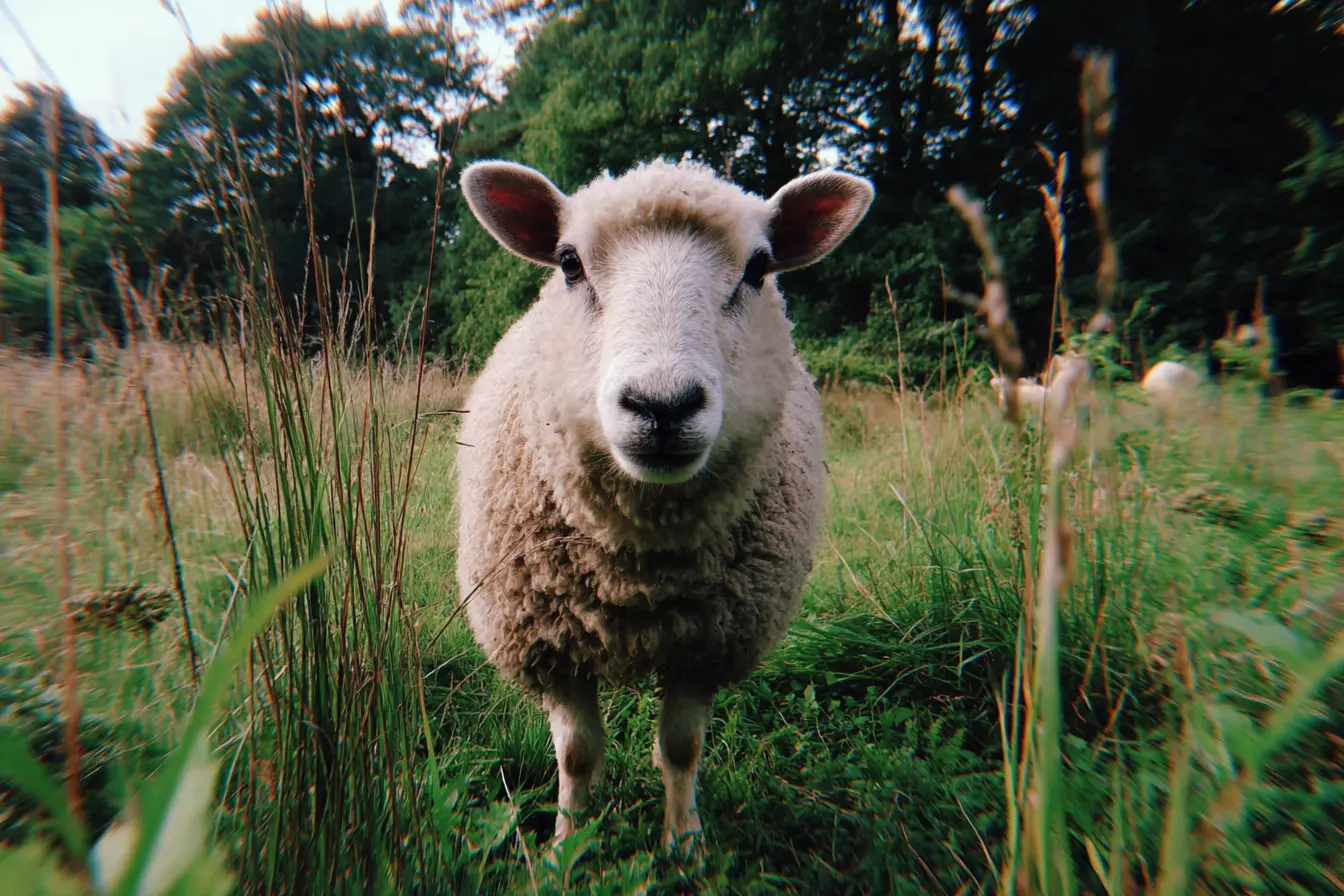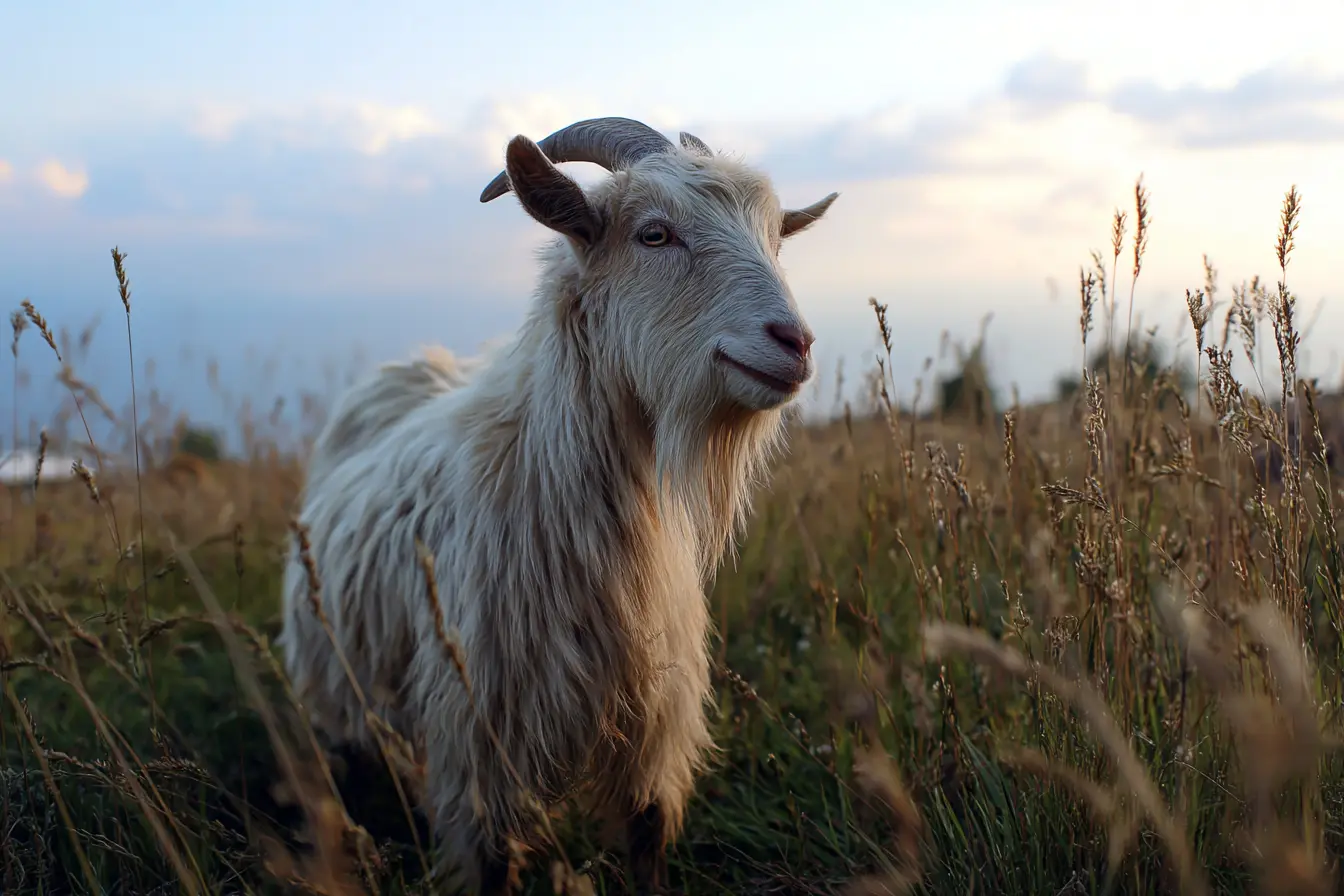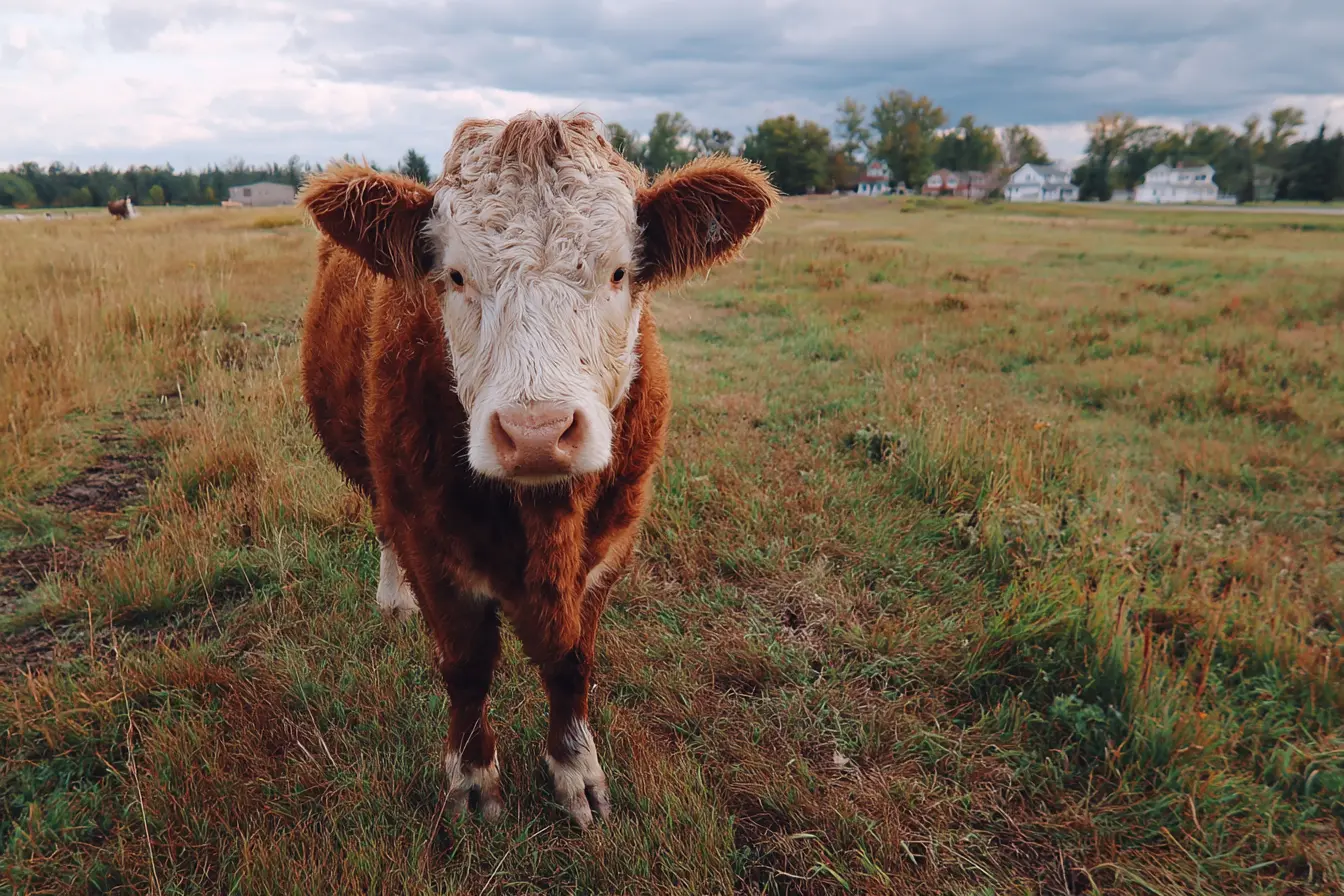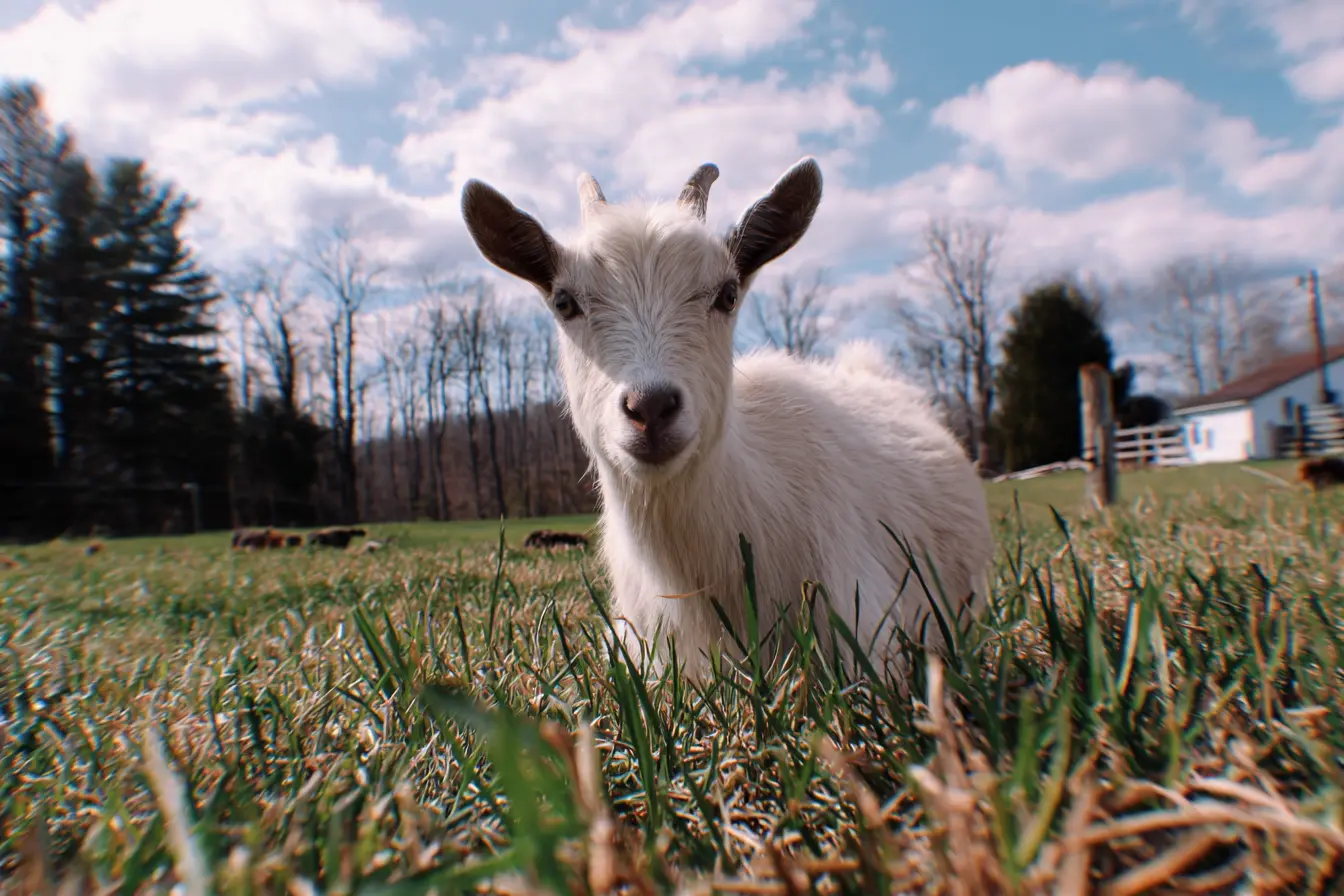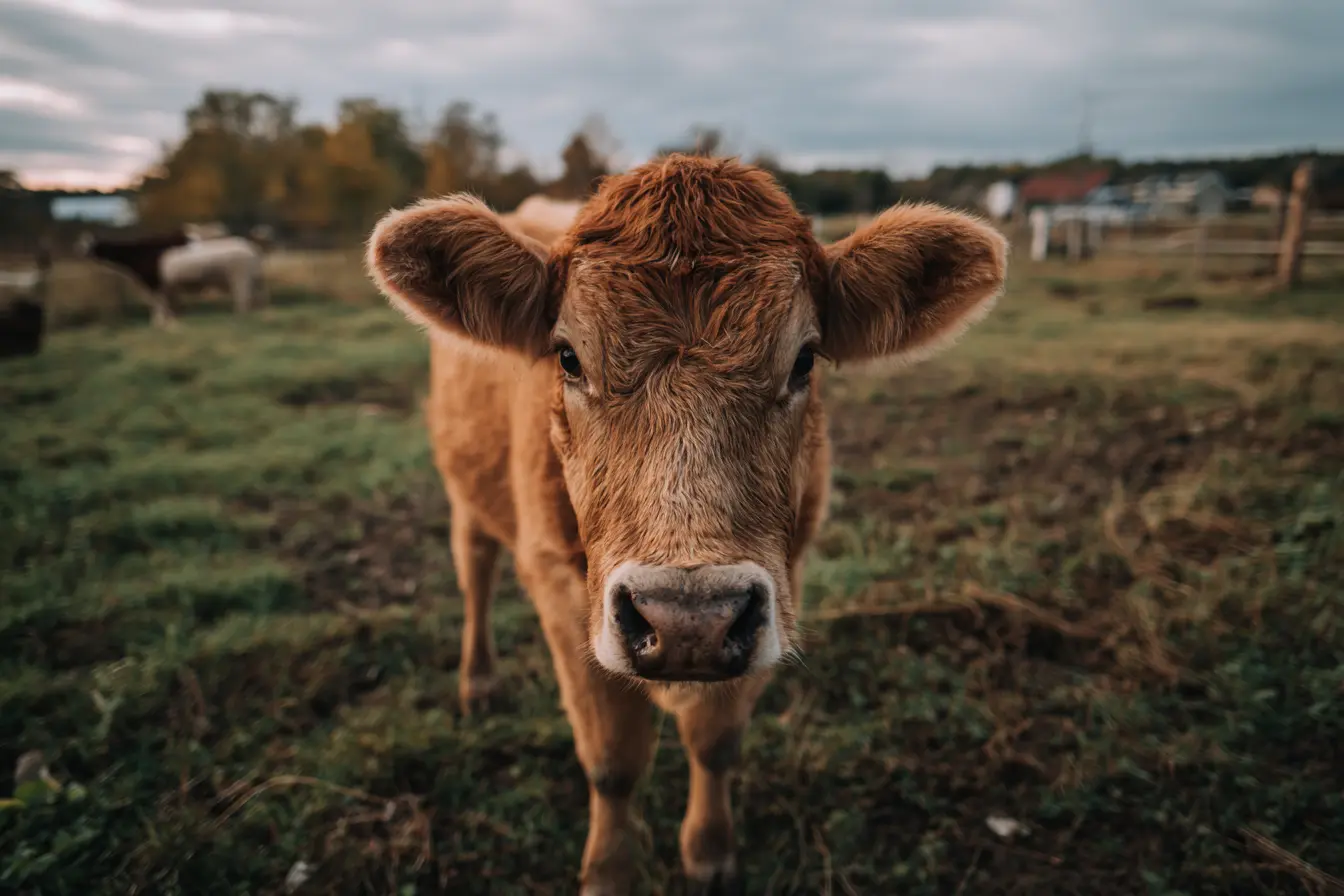
A Complete Guide to Blackleg in Cattle
Blackleg is one of the most feared clostridial diseases in cattle, causing sudden death in otherwise healthy animals. It is caused by the bacterium Clostridium chauvoei and is widely distributed in soil across the UK and worldwide. Because the disease develops rapidly and treatment is rarely successful, blackleg poses both a serious welfare risk and an economic threat to cattle farmers.
This guide explains what blackleg is, how it affects cattle, the risk factors involved, clinical signs, diagnosis, prevention, and management strategies.
What is Blackleg?
Blackleg is an acute, non-contagious clostridial disease characterised by:
- Sudden death in young, fast-growing cattle.
- Severe muscle damage and rapid decomposition.
- High mortality rates once outbreaks occur.
The causative bacterium Clostridium chauvoei:
- Forms hardy spores that survive in soil for many years.
- Can enter the animal through ingestion of contaminated pasture or via open wounds.
- Remains dormant in muscle until triggered by trauma, bruising, or anaerobic (low oxygen) conditions.
- Releases powerful toxins that destroy muscle tissue, produce gas, and cause fatal blood poisoning.
Causes and Risk Factors
Cattle are at higher risk of blackleg when:
- Grazing on contaminated pastures, particularly those with a history of clostridial disease.
- Experiencing muscle damage from rough handling, injections, fighting, or transport.
- Undergoing procedures such as dehorning or castration.
- Living in damp conditions or during warm, wet seasons when spores are more active.
- Being unvaccinated or incompletely vaccinated.
The disease is most common in young cattle aged 6 months to 2 years, but all ages are susceptible.
Symptoms of Blackleg
In most cases, cattle with blackleg are simply found dead without warning. Where symptoms are observed, they may include:
- Sudden lameness.
- Swollen, painful muscles (often in the hindquarters, shoulders, or neck).
- Crepitus (a crackling sensation) when pressing the swollen area due to gas under the skin.
- Fever, depression, and rapid weakness.
- Death within 12–48 hours after symptoms appear.
Post-mortem findings include:
- Dark, spongy muscle tissue with a foul smell.
- Gas bubbles throughout affected muscles.
- Rapid decomposition of the carcass.
Diagnosis
Diagnosis is typically based on clinical history and post-mortem examination.
- History: sudden deaths in well-fed, unvaccinated cattle.
- Signs: muscle swelling, gas production, and crepitus.
- Post-mortem: characteristic blackened muscle lesions with a rancid smell.
- Laboratory testing: bacterial culture or PCR may confirm diagnosis but is often unnecessary due to clear post-mortem signs.
Treatment
Treatment is rarely successful due to the rapid progression of blackleg. However, in very early cases, veterinary intervention may include:
- High doses of penicillin or other suitable antibiotics.
- Surgical removal of necrotic muscle tissue.
- Supportive care such as fluids and anti-inflammatories.
Despite intervention, the prognosis is poor, and prevention remains the best approach.
Prevention
Vaccination
- Vaccination is the most reliable and cost-effective protection against blackleg.
- Multi-valent clostridial vaccines protect cattle against blackleg and several other clostridial diseases.
- Typical programme in the UK:
- Calves: first dose from 2–3 months of age, followed by a second dose 4–6 weeks later.
- Annual booster for ongoing protection.
- Breeding cows: booster before calving ensures protection for both cow and calf.
Good Husbandry
- Use clean, sterile needles and equipment to reduce risk of infection from injections.
- Handle cattle carefully to avoid unnecessary bruising.
- Rotate grazing pastures, especially in areas with a history of clostridial outbreaks.
- Dispose of carcasses promptly and securely to prevent environmental contamination.
Economic and Welfare Impact
- Welfare: Blackleg causes rapid, painful illness and sudden death, making it a major welfare concern.
- Economic: Losses of valuable young cattle, reduced productivity, and increased costs for disposal and treatment.
- Prevention vs loss: Vaccination is inexpensive compared to the financial and welfare cost of an outbreak.
When to Seek Veterinary Help
A vet should be contacted if:
- You experience sudden unexplained deaths in your herd.
- Animals show lameness, swelling, or signs of acute illness.
- You require advice on establishing or updating a vaccination programme.
- You farm in an area with known clostridial disease risks.
Conclusion
Blackleg in cattle is a devastating but preventable disease. Caused by Clostridium chauvoei, it results in rapid muscle destruction, septicaemia, and sudden death. Treatment is rarely effective, making vaccination and good management practices the cornerstone of prevention.
For UK cattle farmers, implementing a robust clostridial vaccination programme, combined with careful pasture and herd management, is essential for protecting both animal welfare and farm profitability.
Vets near you
Speciality vets
- Aquatics vet specialists
- Birds vet specialists
- Camelids vet specialists
- Cats vet specialists
- Cattle vet specialists
- Deer vet specialists
- Dogs vet specialists
- Equines vet specialists
- Exotic vet specialists
- Goats vet specialists
- Pigs vet specialists
- Poultry vet specialists
- Sheep vet specialists
- Small Mammals vet specialists
- Wild vet specialists
